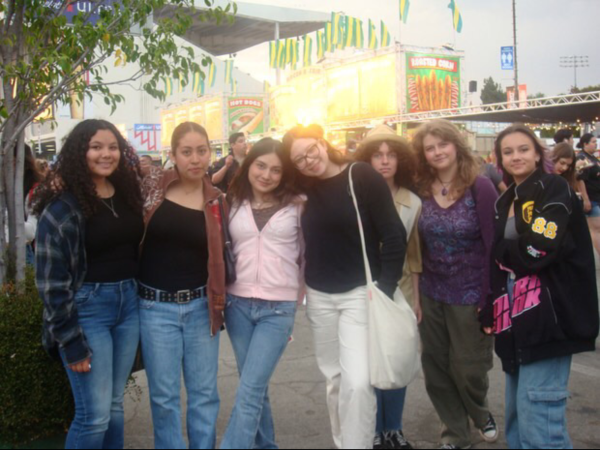Hurricane Kay slams into San Diego
For days on end, Southern California struggled to cope with the triple digit heat bearing down on us, our wildlife, and the power grid with fires raging and scorching thousands of acres. Then, out of nowhere, we get a couple days of… rain?
Hurricane Kay made landfall near the US-Mexico border in early September, finally breaking a long stretch of heat and rainless days. Kay pounded some areas of SoCal with a year’s worth of rain which helped tame fires. Is this really any different than our normal rain patterns? Yes, it is a lot more.
On average, LA receives 0.2 inches of rain during September. LA has gotten twice the yearly average at this point this year. Despite the brunt of Kay being dozens of miles away from Claremont, Kay’s remnants have given Southern California some much needed rain. It has also caused its fair share of damage throughout Southern California. Kay stoked fears of mudslides when one trapped 51 people and 21 cars in the Lake Hughes Area.
Over the past few decades, California has been dimly aware of hurricanes near the east coast and near Mexico. We have had a patch of cold water near our coast which has helped us with keeping hurricanes out. However, what was once an impenetrable force field of cold water coming from Alaska around the LA area is now becoming concerningly warm. Take this as another warning to an already concerning problem. In 1997, remnants of Hurricane Nora dumped 5.5 inches of rain and cut power to 125,000 people in SoCal. Furthermore, in 2020, remnants from Tropical Storm Fausto caused a lightning flare-up which accentuated one of the worst fire seasons on record. If we keep warming the Earth, hurricanes will become stronger and stronger, and hurricanes will go further north. So if you think that climate change has not affected you or will never affect you, think again, because if we don’t act, climate change is here to stay.
Hello there! Our goal is to provide relavent, engaging journalism for readers of all ages. Your donation will support the student journalists of the Wolfpacket at Claremont High School, and will allow us to purchase equipment, print our monthly issues, and enter in journalism competitions. We appreciate your consideration!

CH Li is a sophomore and Assistant Sports Editor for the Wolfpacket this school year. This year his specific goals for himself in Wolfpacket are to not...






